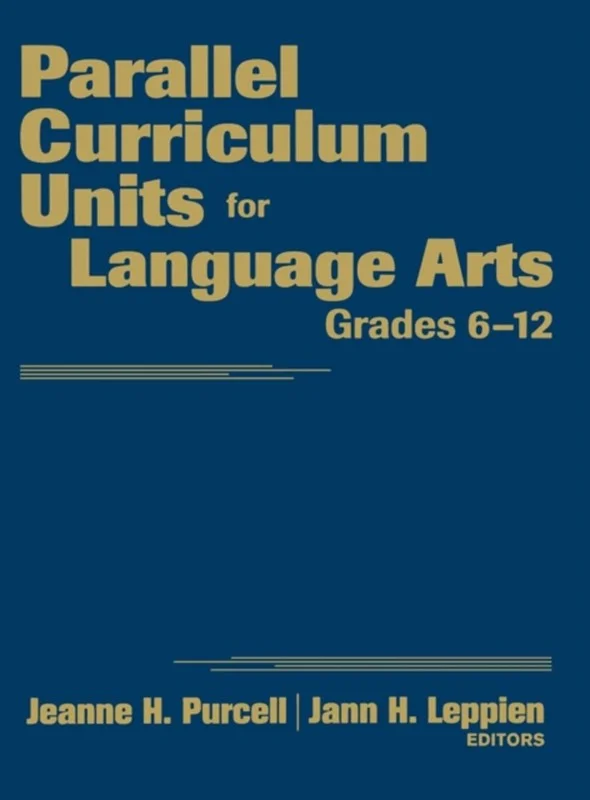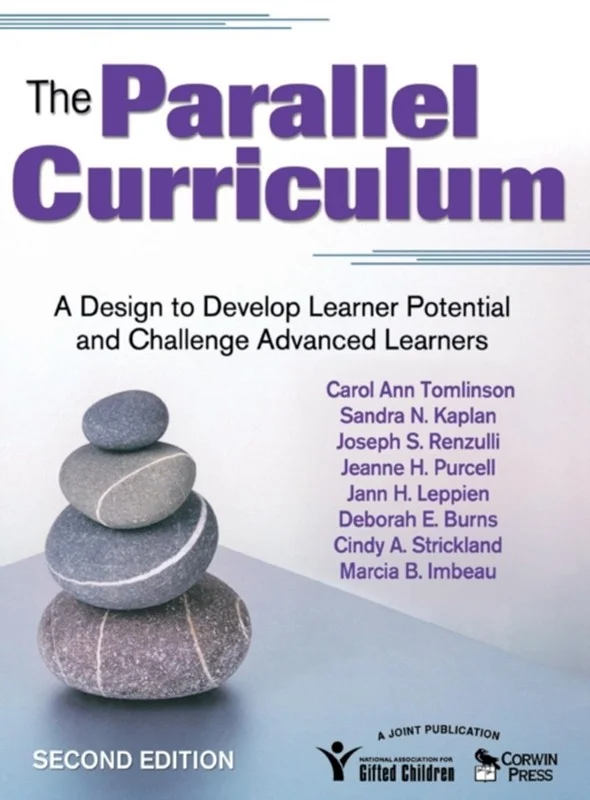Parallel Curriculum Units for Grades K–5 - - Bog - SAGE Publications Inc - Plusbog.dk
"This book is comprehensive, rich, and engaging. Quality teaching follows quality planning, and this is the resource you need for cutting-edge curriculum design." —Lynn Erickson, Curriculum ConsultantMill Creek, WA "I am delighted to incorporate this book into my graduate courses as I train teachers to design instruction that guides students through rigorous and authentic learning." —Thomas P. Hébert, ProfessorDepartment of Educational Psychology, University of Georgia, Athens, GA A powerful model for linking student learning to the world How would classrooms be different if curriculum could be qualitatively differentiated so that learners not only accumulate information, but also experience the power of knowledge? The empirically based Parallel Curriculum Model shows teachers how to create a meaningful, emotive, and engaging curriculum that helps children apply what they learn to their lives. Each chapter offers specific unit and lesson plans created by master elementary teachers that can be put into practice immediately. Included are field-tested and standards-based strategies that: - Focus on parallel themes in literacy, science, mathematics, and social studies - Help students deepen knowledge, think metaphorically, solve problems, and identify with subject matter - Challenge all learners according to their interests and abilities - Create authentic, joyful, and active student involvement All students should have the opportunity to benefit from multifaceted learning experiences, and this inspiring book gives educators the methods to make it happen. The text is rich with vignettes, visuals, samples, reproducibles, and assessment tools. The possibilities are unlimited!

















































